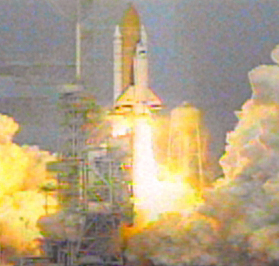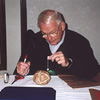A photo of yesterday's launch.
Click on image for full size
NASA
The Final Mission of the Year
News story originally written on November 20, 1997
The eighth and final shuttle launch of 1997 has been completed, as NASA launched Columbia for a 16-day flight on November 19, 1997. It was the sixth time this year that NASA launched a shuttle at the exact moment on the exact day as planned. "You can't end the year on a better note," said Launch Director Jim Harrington.
This shuttle mission has some exciting days planned.
The crew, composed of U.S., Japanese, and Ukrainian crew members, are releasing the SPARTAN science satellite from the shuttle's payload bay for two full days. During its deployment, the SPARTAN satellite is designed to study the Sun's corona and solar wind. Later in the mission, two members will complete a spacewalk in preparation for the construction of the International Space Station (ISS). Throughout the entire mission the United States Microgravity Payload-4 (UMSP-4) will be in full swing. These microgravity science experiments cover a wide range of fields - anything from metallurgy to growing plants (for food purposes).
Columbia orbits the Earth every 90 minutes at an altitude of 150 nautical miles.
You might also be interested in:
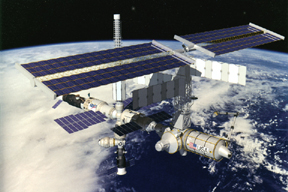
Will Russia ever put the service module for the International Space Station in space? NASA officials are demanding an answer from the Russian government. The necessary service module is currently waiting
...more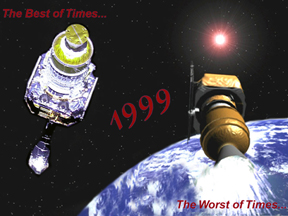
It was another exciting and frustrating year for the space science program. It seemed that every step forward led to one backwards. Either way, NASA led the way to a great century of discovery. Unfortunately,
...more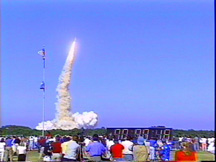
The Space Shuttle Discovery lifted off from Kennedy Space Center at 2:19 p.m. EST, October 29th. The sky was clear and the weather was great as Discovery took 8 1/2 minutes to reach orbit for the Unitied
...more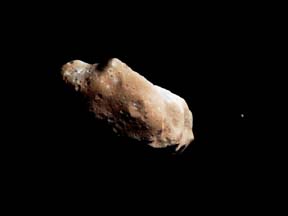
A moon was discovered orbiting the asteroid, Eugenia. This is only the second time in history that a satellite has been seen circling an asteroid. A special mirror allowed scientists to find the moon
...more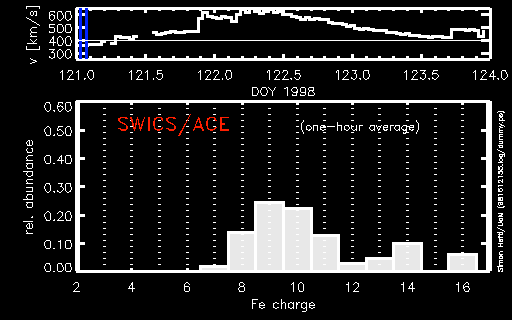
During a period of about two days in early May, 1998, the ACE spacecraft was immersed in plasma associated with a coronal mass ejection (CME). The SWICS instrument on ACE, which determines unambiguously
...more
J.S. Maini of the Canadian Forest Service has referred to forests as the "heart and lungs of the world." Forests reduce soil erosion, maintain water quality, contribute to atmospheric humidity and cloud
...more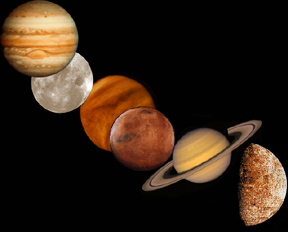
In late April through mid-May 2002, all five naked-eye planets are visible simultaneously in the night sky! This is includes Mercury which is generally very hard to see because of its proximity to the
...more


